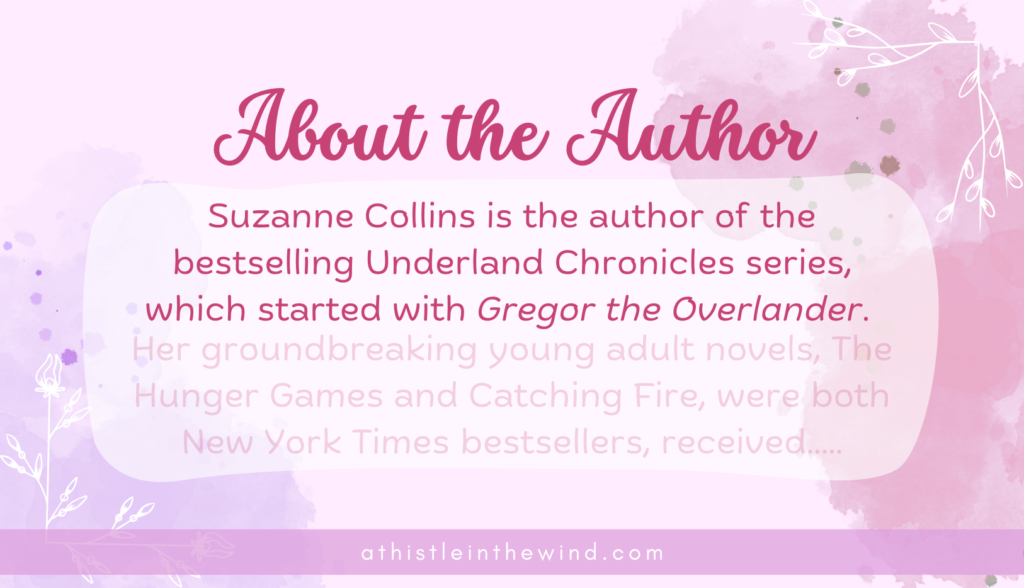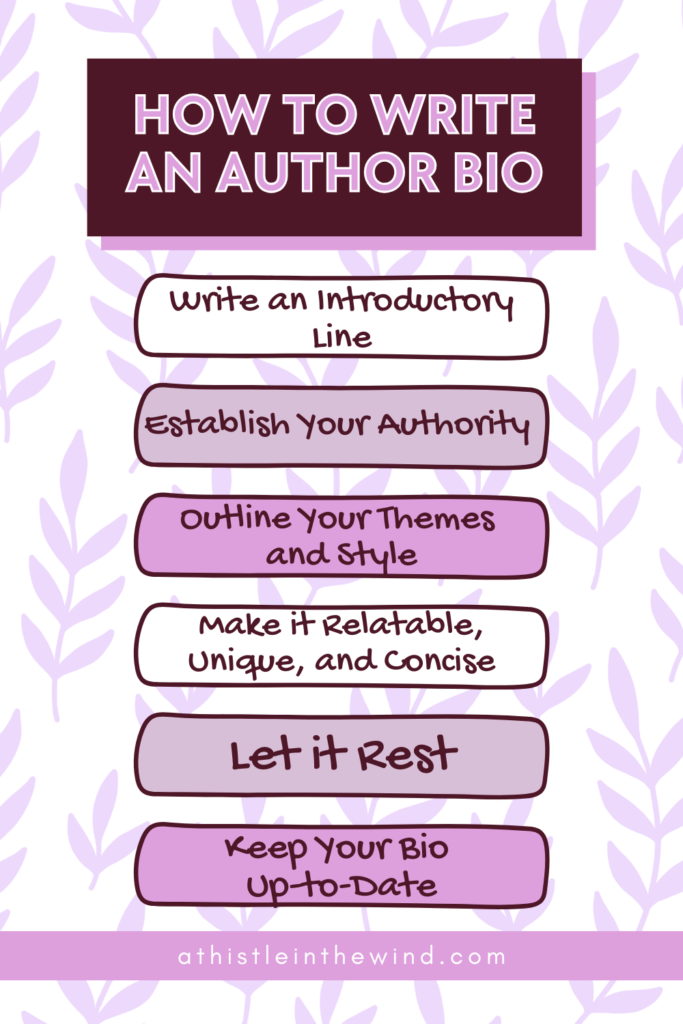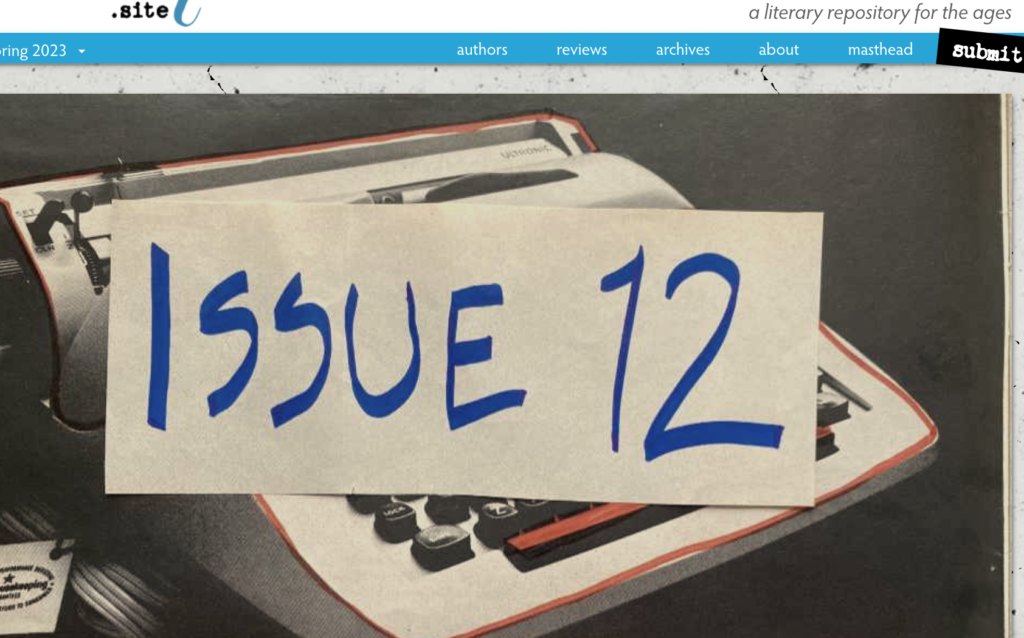What Are Author Bios and How to Write Them: A Step-By-Step Guide

This week I’m taking a break from the usual writing blogs (huuuge guide on world building coming in the next couple of weeks) to talk about author bios. So, what’s an author bio? Well, it’s this little paragraph that introduces a writer and sums up who they are. Think: their work, their credentials and really, anything else that readers should know about them.
Naturally, as you can imagine, this is probably one of the most important things you’ll ever write (aside from your stories). A killer author bio can make or break your book’s sale – literally. You’ll be pitching it to literary agents, publishers and your readers. It’s your calling card and so, it needs to be impressive.
I’ll admit that I’ve struggled with my own author bios (yes, I have multiple) and it’s been time-consuming, and frustrating (very frustrating). So, in this blog, I’m going to make it easier for you. Let’s get started.
The Importance of a Good Author Bio
There are three key reasons why it’s so important to write a bio that sticks with people:
- A strong author bio establishes your authority: For example, if you spent years in the army, readers will automatically give your book more credibility if your book is about a young soldier enduring his first military tour. If you’ve had short stories published, agents will have confidence there’s a market for your work.
- Introduce potential readers to your background: This is your chance to tell them who you are, and why they’ll be interested in what you have to say.
- Convince people to buy your book: Along with your book blurb and quotes from reviews, your author bio should persuade people to read your book.
What Should an Author Bio Include?
Author bios are typically no longer than 100 words – so every character counts. Here’s what you can include in your bio:
- Where you’re from and where you live: People connect with local authors, so be proud of your hometown.
- Relevant personal background information: This can be cultural, geographical, or personal. Include any information that’s relevant to your book and your story.
- The themes you love to write about: This helps readers make an informed decision about the books they buy and helps you build a loyal readership when you deliver on your promise.
- Relevant qualifications or experience: If you’ve worked at magazines or publishing houses, this can validate you as an accomplished writer.
- Any awards you’ve won or publications you’ve been featured in.
Pro Tip: Before you start writing your author bio, make a list of everything you could include, using the above points as a guide.
How to Write an Author Bio: A Step-By-Step Guide
If you’re still unsure about how to go about it, here’s how you can start.
1. Write an Introductory Line
The first line of your author bio is the first thing your readers will learn about you. Keep it simple, concise but provide relevant facts. Here’s an example:

(source: the hunger games)
For first time writers, personal information acts as a point of connection between you and a potential reader. Make sure your readers know enough about your background to read on and find out more. If you have any awards or previous publications, this is a great place to include them. Here’s an example of one of my first author bios:

(source: chinchilla lit issue 1)
I was still very much in school in November 2022, okay? But I think I did pretty good for someone who had no idea what she was doing.
Side Note: While looking Suzanne Collins’ author bio, I found her lit agent and one of the agents at her lit agent’s firm is open to dystopian YA books rn. I know what I’m doing this weekend. 👀
2. Establish Your Authority
Now you’ve captured your readers’ attention in the opening line, it’s time to show them you’re the real deal. The next couple of sentences should deliver a concise explanation of your credibility, both as an author and on the subject of your book. Remember, the reader is still deciding whether to buy your book – so you need to explain why they should listen to you. If you have a lot of experience, focus on the most relevant information. If there’s nothing spectacular you can list, focus on your experiences and education.
The way you go about this part, depends largely on what you do.
3. Outline Your Themes and Style
For first time authors, it’s important to acknowledge and emphasize your credibility. Readers will also want to know what to expect from your writing.
This section is also where you’ll outline the themes and style of your writing. Telling the reader what kind of writing you specialise in can add power to your pitch and help draw in readers who are looking for books in your specialist genre.
4. Make it Relatable, Unique, and Concise
Once you have the initial draft of your author bio ready, read back through it and check the tone. If it seems swaggering or unfriendly, adjust the tone of your author bio to be more personable and matter-of-fact. Here’s my most recent author bio:

Experimenting with different ways to make your author bio unique will help you stand out in a reader’s (or publisher’s) mind. This step is also an opportunity to make sure your author bio is the perfect length, and trim any unwieldy adverbs or overlong sentences. Many authors use this space to add a link to their website or a Twitter (or BlueSky) handle.
5. Let it Rest
The last step in writing an author’s bio is editing. Like your story manuscript, the best writing is allowed to breathe before you go back over it to create the final draft. Ideally, this process should take at least a few days. In the meantime, share your author bio with your friends, family, and fellow authors.
6. Keep Your Bio Up-to-Date
Before we move on to this part, I’ll be the first confess right here that I have not updated my author bio in a while. Seriously. Horrible practice, but I haven’t really been published in a while either.
But anyway. Ideally, your author bio should evolve over time as you publish more work, get more experience, and earn more accolades. Each time you submit your author bio, use this checklist to make sure it’s up-to-date:
- Is it in the right format? Tweak your bio so it follows the guidelines set out by the publisher or agent.
- Does it contain the right information for this audience? Like a CV, check your bio is tailored for the publication or audience who’ll be reading it.
- Does it include your most recent work? Check your author bio contains all the most relevant and recent information.

Mistakes to Avoid When Writing an Author Bio (Critical for New Writers)
If you’re a new writer, and you’re writing your very first author bio, make sure that you avoid doing these:
- Writing in the first person. An author bio written in the first person is less authoritative than a third person bio. Writing about yourself in the third person may feel strange at first, but this is the standard format, so follow this to the letter.
- Being too modest. Your author bio is going to be part of your sales pitch, so it needs to be convincing. Take off your humility hat and write with confidence.
- Writing too much. Inexperienced writers sometimes compensate for their lack of experience by writing more. Keep your author bio concise.
Where Does the Author Bio Go?
Now that you know how to write an author bio, let’s understand where these actually go in different writing mediums.
1. Traditional Publishing
Different publishers have different approaches to where they print the author bio. For hardback books, the bio is often found on the dust jacket at the end of the book. Paperbacks, meanwhile, usually include the author bio at the front of the book, before the publishing information. Occasionally, the author bio can be found on the back page of a paperback, or after the publishing information and before the introduction.
2. Magazines
Magazines—both print and digital—have different placements for author bios, depending on their format and editorial style. For print magazines, the author bio is usually placed at the end of the article, essay, or short story. Some magazines, especially those with multiple contributors, may compile all author bios at the end of the issue in a dedicated “Contributors” section.

For e-magazines and online literary journals, the author bio is typically featured at the end of the piece, often in italics or a slightly different font style to distinguish it from the main text. Some digital magazines also include author bios on a separate “Contributors” or “Authors” page, with links to their published works on the site. Since online publications make it easy for readers to discover more about an author, many e-magazines allow writers to include links to their personal websites, social media, or other published works in their bio.
3. Self-Publishing
If you’re self-publishing, or your book will be issued in e-book format, your author bio is likely to be a lot more visible. It often features on the product page for your book, as well as towards the front of the book itself. As a result, self-publishing authors need to write a particularly compelling bio.
There are no hard and fast rules about where your author bio should go, but by following these conventions, you’ll make it easy for potential readers to find and read your author bio before they buy.
Get Writing!

The best way to ensuring that you’re writing a stellar author bio is honestly, to start writing it. You’ll probably run through various renditions and it’s fine, really. I think stuff like this can be tricky because, well, it’s a first impressions game. If you stay true to yourself and provide clear information, you’ll be pretty successful at it.
As always, stay calm and keep writing!
For more information on writing, check out my other blogs:

One Comment
Claire
I’ve been wondering about how to write bios. Thanks for the tips!